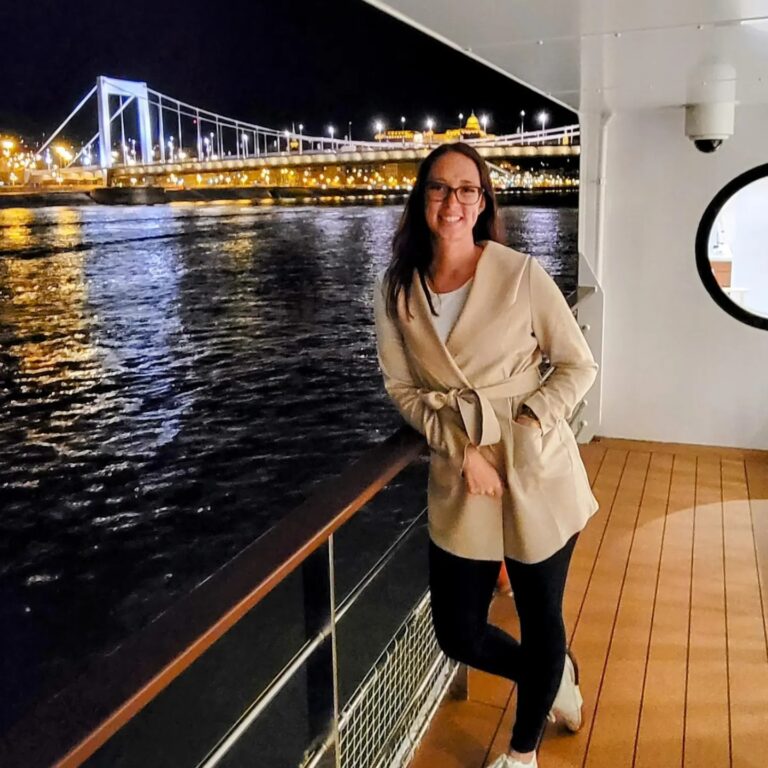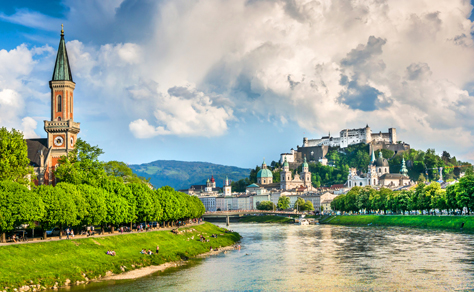Overview
Introduction
The Danube (or Donau, in German), Austria's most famous river, offers travelers a glimpse of a peaceful idyll, complete with rolling hills, castles and vineyards. It meanders across the regions of Upper and Lower Austria, through Vienna and then on to Slovakia and Hungary.
Though cruise ships ply the entire length, the short stretch between Melk and Krems is the prettiest and best served by boats in the summer. The longer Linz-Vienna section (through the scenic Wachau wine-growing region) is highly recommended.
Not all visitors see the Danube by boat: A cycling tour of the region is another popular option. The bike route follows former bridle paths that run along the river from Passau to Vienna. The trail, away from the sights and smells of automobiles, winds along the flat river valley across small bridges and crossings formerly reserved for saddle and packhorses.
Overview
Introduction
Founded in the 12th century, Rothenburg ob der Tauber, Germany, is famous for its art galleries, shops, cafes and pretty hotels.
Situated 114 mi/183 km southeast of Frankfurt, Rothenburg (pronounced ROE-ten-burg) feels like the setting for a fairy tale—it's surrounded by towers, ramparts and walls. Don't be surprised if various streets look familiar—they're often photographed for tourism posters.
Visit the town hall and its vaults, Mark's Tower and Roder Arch, the Castle Gate and garden, St. Jacob's Church with its famous Altar of the Holy Blood, the Toy and Doll Museum, the German Christmas Museum and the Medieval Crime Museum.
St. Wolfgang's Church is fascinating, especially the three altars dating from around 1500. Although Rothenburg is one of the most tourist-laden towns in Germany, it's still worth a visit. Plan to stay overnight, as most tourist buses leave in the late afternoon and the town is most atmospheric in the early evening.
If you want to visit an equally charming town with considerably fewer tourists, try Miltenberg.












































